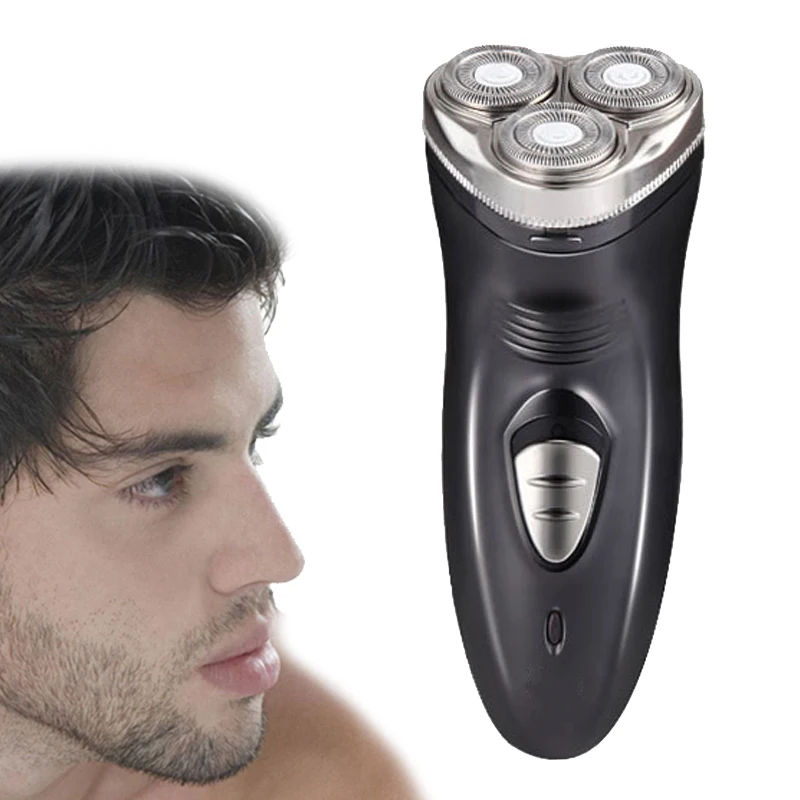Introduction:
Deciding between an electric shaver and a traditional razor depends on various factors, including convenience, skin sensitivity, and the desired closeness of the shave. This comprehensive guide examines the differences, advantages, disadvantages, safety considerations, maintenance requirements, and personal preferences associated with electric shavers and razors.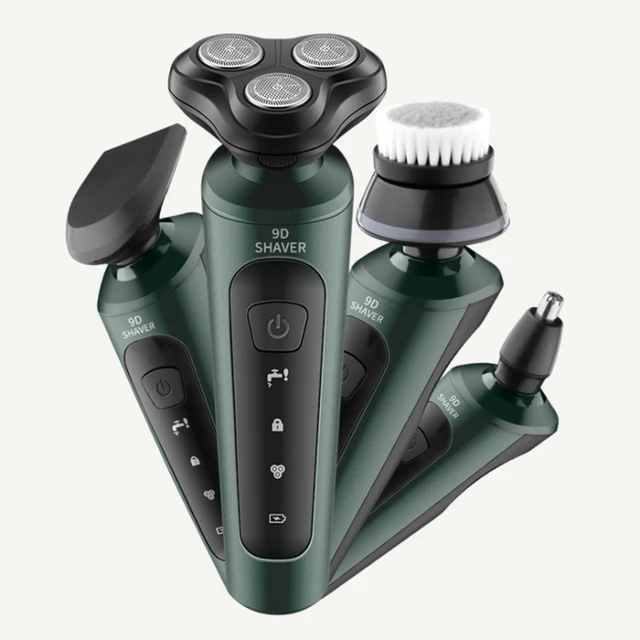
Electric Shaver vs Razor:
Which One Suits Your Shaving Needs Better?
Understanding the Basics:
What Are the Fundamental Differences Between Electric Shavers and Razors?
Grasping the core differences between these two shaving tools can help determine which one aligns with your shaving habits and needs.
Electric Shavers:
Mechanism and Types:
Working Principle: Electric shavers use oscillating or rotating blades beneath a protective foil or guard to cut hair. This mechanism allows for a quick and often less-irritating shave without the need for shaving cream or water.
Types of Electric Shavers: There are two main types: foil shavers and rotary shavers. Foil shavers have straight, oscillating blades covered by a thin, perforated foil. Rotary shavers feature circular blades that rotate beneath protective heads.
Razors:
Mechanism and Types:
Working Principle: Traditional razors use sharp blades to cut hair directly at the skin level, providing a close shave. They require the use of shaving cream, gel, or soap to lubricate and protect the skin.
Types of Razors: Razors come in various forms, including disposable razors, cartridge razors (with replaceable blade cartridges), safety razors (which use single double-edged blades), and straight razors (which require manual honing and skill).
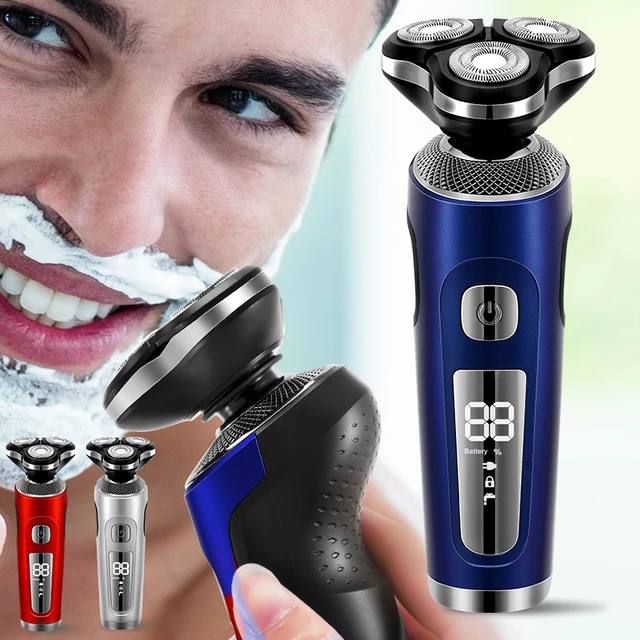 Benefits and Drawbacks:
Benefits and Drawbacks:
What Are the Pros and Cons of Electric Shavers and Razors?
Evaluating the benefits and drawbacks of each shaving tool helps in making an informed choice.
Electric Shavers:
Advantages:
Convenience: Electric shavers are quick and easy to use, making them ideal for busy individuals. They don’t require water, shaving cream, or aftershave products, allowing for dry shaving even on the go.
Skin-Friendly: The protective foil or guard minimizes direct contact with the skin, reducing the risk of cuts, nicks, and irritation. This makes electric shavers suitable for sensitive skin.
Versatility: Many modern electric shavers are designed for both wet and dry use, offering flexibility. Some models also come with trimming attachments for detailed grooming.
Lower Long-Term Costs: While the initial cost may be higher, electric shavers do not need frequent blade replacements, potentially saving money over time.
Disadvantages:
Initial Cost: Electric shavers typically have a higher upfront cost compared to razors. Advanced models with multiple features can be particularly expensive.
Shave Closeness: Electric shavers generally provide a less close shave compared to traditional razors. This might not be ideal for those seeking a perfectly smooth finish.
Maintenance: Regular cleaning and occasional replacement of parts like foils, blades, or rotary heads are necessary to maintain optimal performance.
Razors:
Advantages:
Close Shave: Razors offer a very close shave, cutting hair at skin level. This can provide a smoother finish that lasts longer compared to electric shavers.
Cost-Effective: Razors, especially disposable and cartridge types, have a lower initial cost. Even with ongoing purchases of blades and shaving cream, they can be economical.
Widely Available: Razors and related shaving products are easy to find in virtually any store. This availability makes it convenient to replace and restock as needed.
Traditional Appeal: Some people prefer the traditional shaving experience, finding it relaxing or enjoying the precision and control it offers.
Disadvantages:
Time-Consuming: Shaving with a razor usually takes longer, involving the application of shaving cream, careful blade handling, and post-shave skin care.
Skin Irritation: Direct blade contact with the skin can cause irritation, razor burn, and cuts. This is a particular concern for those with sensitive or acne-prone skin.
Ongoing Costs: The need for regular replacements of blades and shaving creams or gels can add up over time, potentially making razors more costly in the long run.
 Convenience and Efficiency:
Convenience and Efficiency:
How Do Electric Shavers and Razors Differ in Terms of Convenience and Efficiency?
Considering the practical aspects of daily shaving helps highlight which tool might better fit into your routine.
Electric Shavers:
Ease of Use: Electric shavers are designed for hassle-free shaving, often allowing for a quick shave without the need for additional products. They can be used anywhere and do not require specific preparation.
Speed: Electric shavers significantly reduce shaving time, making them ideal for individuals with hectic schedules. The quick grooming process is suitable for touch-ups and maintaining a consistent look.
Travel-Friendly: Most electric shavers are compact, cordless, and come with travel cases, enhancing their portability. Their ability to be used without water makes them convenient for travel.
Multi-Functionality: Advanced electric shavers often come with attachments for trimming beards, sideburns, and even body hair, offering an all-in-one grooming solution.
Razors:
Precision and Detail: Razors allow for precise shaving and detailed grooming, perfect for those who prefer a meticulously clean-shaven appearance. They enable control over angles and pressure during shaving.
Accessibility: Razors do not require charging or power, making them always ready to use. This practicality is beneficial in situations where charging an electric shaver is inconvenient.
Involvement and Ritual: For some, the traditional wet shaving process provides a soothing routine, incorporating elements like a hot towel pre-treatment and the use of aftershaves, which can enhance the shaving experience.
Exploring Closeness and Smoothness:
How Does Shave Quality Compare Between Electric Shavers and Razors?
The closeness and smoothness of the shave are significant factors in choosing between the two tools.
Electric Shavers:
Achieving Smooth Results: Electric shavers produce a decent shave but do not cut hair as close to the skin as razors. This results in a slightly less smooth finish, suitable for everyday maintenance rather than achieving a perfectly smooth face.
Uniform Shaving: Electric shavers perform consistently well on flat surfaces but can struggle with contours and difficult areas like the neck or jawline. Multi-directional heads in advanced models help improve performance in these areas.
Razors:
Optimal Closeness: Razors are acclaimed for delivering the closest possible shave, thanks to direct blade contact. This closeness translates to a longer-lasting smoothness before stubble reappears.
Detailing Edges: Razors excel in detailing and edging, making them ideal for precision work around facial hair styles, sideburns, and necklines.
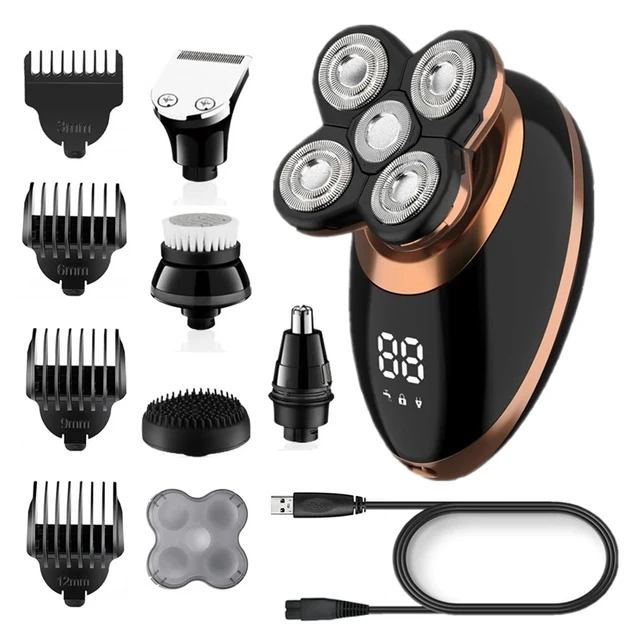 Skin Sensitivity and Comfort:
Skin Sensitivity and Comfort:
Are Electric Shavers or Razors Better for Sensitive Skin?
Skin sensitivity is a crucial consideration, as the wrong choice can lead to discomfort, irritation, and skin damage.
Electric Shavers:
Gentle on Skin: The protective foil or guard in electric shavers prevents the blades from directly touching the skin, significantly reducing the risk of nicks, cuts, and irritation. This makes them suitable for individuals with sensitive skin.
Reduced Razor Burn: Electric shavers cause less friction compared to razors, which can help minimize razor burn, especially for those prone to skin irritation.
Razors:
Potential Irritation: Razors can cause skin irritation, razor burn, and cuts, especially when used without proper lubrication or with dull blades. Sensitive skin can react negatively to the repeated blade contact.
Preparation and Aftercare: Proper preparation, such as using quality shaving cream, and diligent aftercare, including moisturizing and using soothing aftershave products, are essential to mitigate irritation when using razors.
Maintenance and Longevity:
What Are the Maintenance Requirements for Electric Shavers and Razors?
Maintenance impacts the longevity and performance of both electric shavers and razors, influencing ongoing convenience and cost.
Electric Shavers:
Routine Care: Electric shavers require regular cleaning to remove hair, skin cells, and oil that accumulate during use. Many models come with cleaning brushes or self-cleaning systems to simplify this process.
Part Replacements: Components like foils, blades, or rotary heads need periodic replacement to maintain optimal performance. Manufacturer guidelines usually specify the recommended frequency of these replacements.
Battery Management: Managing battery life is crucial for cordless electric shavers. Regular charging and avoiding overcharging can prolong battery longevity. Some models feature lithium-ion batteries with longer life spans and quicker charge times.
Razors:
Regular Blade Changes: Razor blades dull over time and need regular replacement to ensure a clean, efficient shave. Dull blades increase the risk of cuts and irritation, making timely changes essential.
Cleaning and Drying: Razors should be rinsed thoroughly after each use to remove shaving cream, hair, and debris. Drying the razor properly prevents rust and maintains its sharpness.
Storing Properly: Storing razors in a dry place, away from moisture, helps prevent rust and corrosion. Protective cases or blade covers can also prolong their usability.
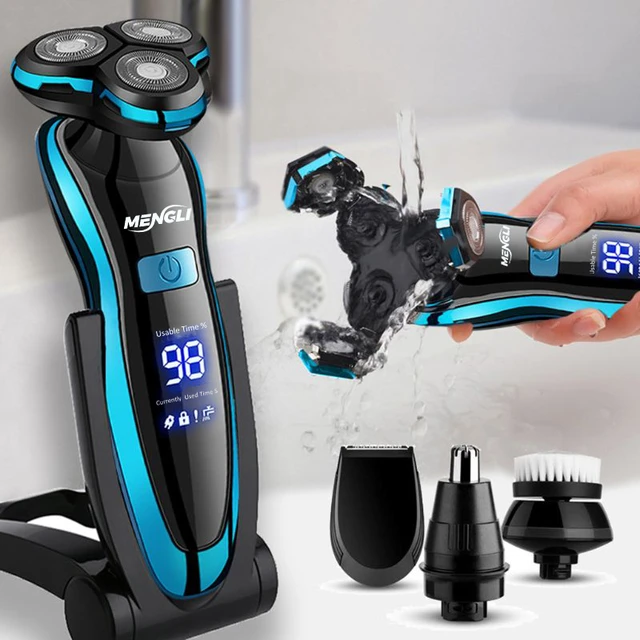 Cost Considerations:
Cost Considerations:
How Do Electric Shavers and Razors Compare in Terms of Cost?
Both initial investment and ongoing costs play a role in choosing between electric shavers and razors.
Electric Shavers:
Upfront Investment: Electric shavers typically have a higher initial cost. Premium models with advanced features can be particularly expensive.
Long-Term Savings: Despite the high upfront cost, electric shavers can lead to savings over time due to fewer blade replacements and reduced need for shaving products like creams and lotions.
Razors:
Initial Affordability: Razors, especially disposable and cartridge types, have a lower initial cost, making them accessible and budget-friendly.
Ongoing Expenses: Regular blade replacements and the need for shaving cream, gels, or soaps contribute to the ongoing cost. Over time, these recurring expenses can add up, especially with high-end cartridge razors.
Conclusion
Choosing between an electric shaver and a traditional razor depends on personal preference, skin sensitivity, desired shave closeness, convenience, and environmental considerations. Electric shavers offer quick, convenient, and skin-friendly options, making them ideal for busy lifestyles and sensitive skin. On the other hand, razors provide a closer, more precise shave and a traditional shaving experience, appealing to those who value meticulous grooming. Understanding the benefits, drawbacks, maintenance requirements, and cost implications of each tool ensures you make an informed decision that best suits your shaving needs and lifestyle.

